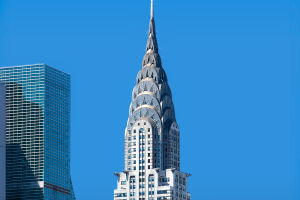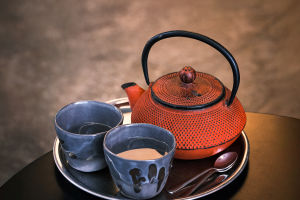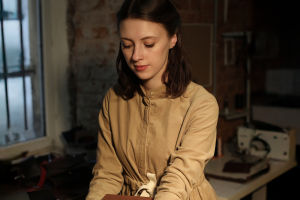Fiber art has a long and rich history, deeply rooted in traditional weaving techniques passed down through generations.
But today, it has evolved far beyond simple craftsmanship, becoming a vibrant form of contemporary expression through installations and mixed-media works.
Have you ever wondered how such an ancient art form has adapted and thrived in the modern art world? Let's explore the fascinating journey of fiber art from humble threads to expansive installations.
The Origins of Fiber Art: Weaving and Craftsmanship
The foundation of fiber art lies in weaving, knitting, and other textile crafts that have existed for thousands of years. Historically, these practices served both functional and cultural purposes — producing clothing, tapestries, and household items.
The intricate patterns and methods often carried symbolic meanings and showcased the artisan's skill. This traditional fiber work was highly tactile and deeply connected to daily life, emphasizing manual dexterity and patience.
The Shift Toward Artistic Recognition
While once considered purely craft, fiber work began to gain recognition as a form of fine art in the 20th century. Artists started to experiment with texture, color, and form beyond utilitarian boundaries. This shift was fueled by a broader cultural movement questioning the divide between "art" and "craft."
Fiber artists began showcasing their works in galleries, using textiles to convey complex themes like identity, and nature. This period marked a crucial turning point where fiber art gained legitimacy within the contemporary art world.
New Techniques and Materials
With innovation came new materials and techniques. Fiber artists moved beyond natural fibers to incorporate synthetic threads, plastics, metals, and found objects. Techniques expanded to include embroidery, felting, quilting, and digital fabrication. These advancements allowed artists to break traditional forms and explore sculptural and installation work.
For example, large-scale hanging pieces, wall installations, and interactive textile environments emerged, creating immersive experiences for viewers.
The Rise of Installation Art in Fiber
Installation art transformed fiber work by placing it in spatial, immersive contexts. Instead of small, functional pieces, fiber art installations engage entire rooms or outdoor spaces. These works invite viewers to walk around, interact, and even become part of the art.
Installation artists use fiber to explore concepts such as memory, environment, and human connection. This transformation demonstrates how fiber art crosses boundaries, blending visual art, design, and performance.
Cultural and Social Reflections
Fiber art often reflects social and cultural themes. Many artists use textiles to explore heritage, feminism, and environmental issues. For instance, some works reclaim traditional techniques to celebrate ancestral craftsmanship while commenting on modern challenges. Others utilize recycled or natural fibers to highlight sustainability.
Fiber art thus becomes a powerful medium for storytelling and advocacy, bridging past and present.
The Digital Influence on Fiber Art
The digital age has introduced exciting possibilities for fiber artists. Computer-aided design, digital printing on textiles, and laser cutting allow precise and complex patterns impossible by hand. Digital tools help blend traditional fiber methods with futuristic aesthetics.
Social media platforms also enable artists to share their work globally, fostering a vibrant online community and influencing new trends.
Challenges and Future Prospects
Despite its growth, fiber art faces challenges. It sometimes still struggles for equal recognition compared to painting or sculpture. However, growing interest in sustainable, handmade, and tactile experiences suggests a promising future. Fiber art's adaptability and rich history provide fertile ground for continuous innovation and cultural dialogue.
Conclusion: Weaving the Future
From humble weaving traditions to bold installation art, fiber art continues to evolve, bridging craft and contemporary creativity. It invites us to rethink materiality, space, and meaning through threads and textures. What fiber art piece has inspired you recently? How do you see this art form developing in the years ahead?
Share your thoughts and let's keep this creative thread alive together.


